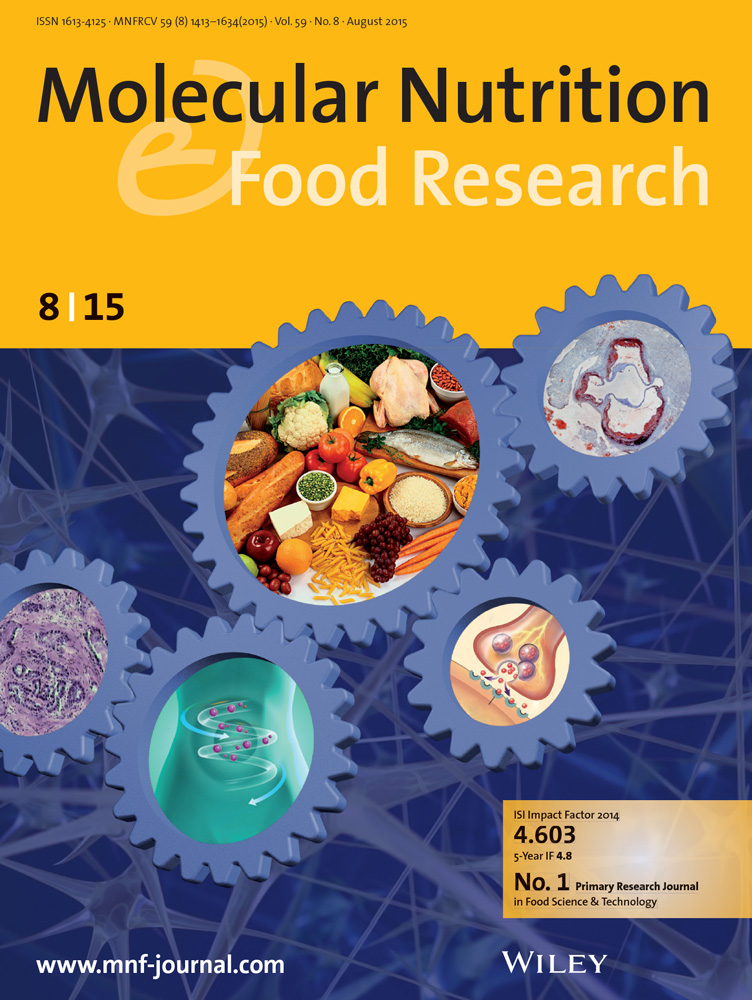Distinct Profiles of Fecal Volatile Organic Compounds Discriminate Ulcerative Colitis Patients With an Ileoanal Pouch From Those With an Intact Colon
Abstract
Fecal volatile organic compounds (VOCs) offer insights into gut microbiota function that may drive the pathogenesis of ulcerative colitis (UC). This cross-sectional study aimed to compare dietary intake and VOC patterns in UC patients with an ileoanal pouch compared to those with an intact colon. Seven-day food records and fecal samples were collected from UC patients with an intact colon (n = 28) or an ileoanal pouch (n = 11). Fecal VOC profiles were analyzed using gas chromatography-mass spectrometry. Dietary intake in both groups was largely similar. The mean Jaccard similarity index of VOC was 0.55 (95% CI:0.53, 0.56) in the pouch compared with 0.48 (0.47, 0.49) in the colon group (p < 0.01). A lower proportion of VOC classes was detected in the pouch, including sulfide (9% vs. 57%; p < 0.01), branched-chain fatty acids (BCFAs; 45%–64% vs. 93%–96%; p < 0.01), and ketones (45%–64% vs. 93%–96%; p < 0.01), along with a higher proportion of butyric acid (91% vs. 29%; p < 0.001). Unrelated to diet, VOC profiles show less functional diversity, reduced protein and greater carbohydrate fermentation, and altered production of secondary metabolites in the UC-pouch compared with the intact colon. These differences in the metabolic environment of the gut microbiota provide insights into pathogenesis and suggest that microbial-targeted interventions should be tailored accordingly.



 求助内容:
求助内容: 应助结果提醒方式:
应助结果提醒方式:


